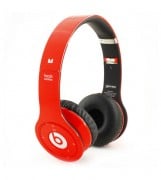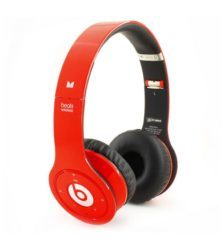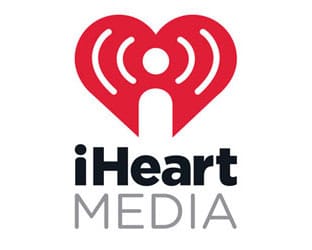 Media agency MediaVest and Clear Channel Media + Entertainment have revealed results of a joint national study that provides deep insights into why, when and how consumers use particular audio platforms. The study, which surveyed thousands of audio listeners who use one or more of the following audio sources – personal music collections (CDs, iTunes downloads), broadcast radio, streaming AM/FM radio, custom online playlists, satellite radio, online music videos and digital music channels on TV – shows that consumers recognize unique and important benefits for each audio platform, and will choose each based on the time of day and situational needs.
Media agency MediaVest and Clear Channel Media + Entertainment have revealed results of a joint national study that provides deep insights into why, when and how consumers use particular audio platforms. The study, which surveyed thousands of audio listeners who use one or more of the following audio sources – personal music collections (CDs, iTunes downloads), broadcast radio, streaming AM/FM radio, custom online playlists, satellite radio, online music videos and digital music channels on TV – shows that consumers recognize unique and important benefits for each audio platform, and will choose each based on the time of day and situational needs.
The research also shows that because of the use of alternate audio devices, time spent across audio platforms continues to increase and growth in audio is pretty much additive rather than exclusionary.
Usage of all platforms is generally highest from 3pm to 7pm. “In the Car” is the No. 1 location for audio across all day parts and participants prefer to access audio content through regular broadcast stations or satellite radio. In addition, they are more likely to listen to online AM/FM radio streams or custom playlists from home. Results also show that mobile devices increase control and portability, with most listeners citing the ability to “take their music with them anywhere” as one of the top reasons they turn to audio on their mobile devices.
The results also offer a detailed look at consumers’ motivations in selecting one platform over another. Listeners choose broadcast radio for its accessibility to timely news, radio personalities and hearing new music.
Personal music collections or custom stations allow consumers to control the content, while satellite radio offers fewer ads.
Consumers can use audio platforms to connect with the world around them, or to create and control a personal experience. The most appealing audio ads are related to listeners’ favorite music, delivered at relevant times and customized to the specific audio platform. Audio gives marketers an opportunity to deliver high-impact and emotionally resonant messages. Broadcast radio listeners are most accepting of advertising and broadcast radio delivers the strongest advertising recall and brand engagement.
“Consumers seamlessly flow between different media choices and indeed different forms of audio. Broadcast remains dominant while other listening platforms address specific needs,” said Radha Subramanyam, EVP, Insights Clear Channel Media and Entertainment. “By constantly tuning into audience feedback, we can continue to evolve the listening experience and optimize advertising for different platforms.”
The study’s key findings include:
· The car remains the most popular location for audio listening throughout the day.
–63% of teens listen to more than two audio platforms a day – the highest of any demographic.
–Broadcast radio is the most popular audio platform.
–Listeners choose broadcast radio to stay connected to “the world”: Top drivers for radio usage are its accessibility, timely news, traffic, weather, engagement with radio personalities and discovering new music.
–Personal music collections (CDs, iTunes downloads, etc.) are about control with 81% choosing the platform to control or customize their listening experience. Custom playlists are also about control and follow with 67% choosing the platform for this reason.
–41% of consumers are willing to listen to ads in exchange for free online audio. Ads related to the music consumers like and optimized for the time of day are most powerful.
–81% say audio delivers fulfills their need for fun/entertainment
–68% say it provides a great way to escape
–55% indicated audio as helping to motivate & inspire them
–46% claim it offers a way to express myself/an outlet for self-expression
RBR-TVBR observation: It’s interesting that the study almost carefully avoided mentioning online-only product such as Pandora, iTunes Radio and RadioIO. The closest they came was “custom stations.” We’d all be probably shocked at the data if the questions were geared to include those particular music discovery providers.





